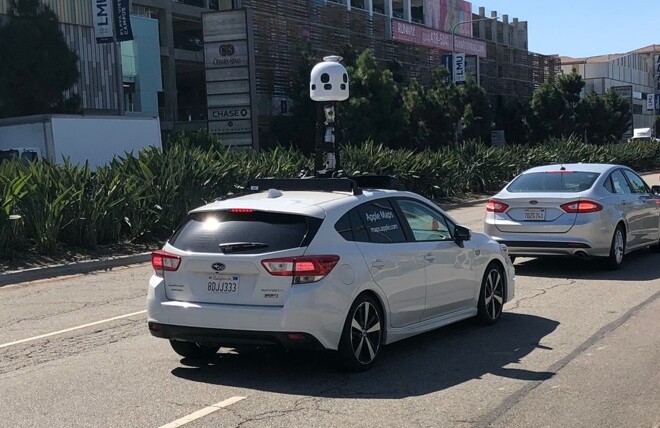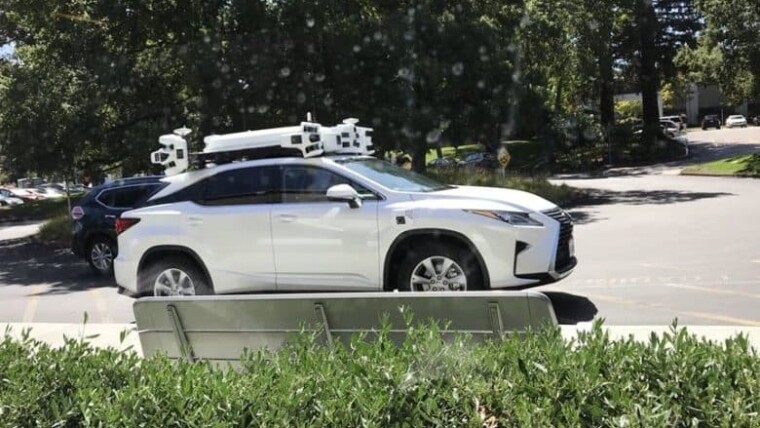After some initial PR nightmare which put Apple at the last spot when it comes to the progress of self-driving cars, Apple has shared a 7-page report to the National Highway Traffic Safety Administration. The title of the report is “Our Approach to Automated Driving System Safety” which gives an insight that Apple is focused on safety when it comes to self-driving car testing.
Our autonomy system consists of three main components operating in a cooperative continuous loop that repeats multiple times per second. These components are responsible for sensing the environment, planning the vehicle response, and executing the planned action.
One key aspect that Apple focuses is safety, whether it may be the safety of the passenger or pedestrian safety. On top of just taking the safety records and crash rating of a vehicle which will be used for testing, Apple also tests the vehicle’s safety again when additional equipment is included. Whether it may be the self-driving car sensors and cameras, Apple wants to make sure that these additional add-on equipment does not harm pedestrians.
Apple performs daily checks
The report goes to share that Apple performs daily checks before and after a test is conducted.
To ensure that vehicles are operating safely on public roads, we perform safety and functionality checks before and after each outing. These include manual vehicle inspections such as checking tire pressures and ensuring that sensors are clean, and automatic diagnostic tests to confirm that the correct ADS software is installed. In addition, there are daily meetings with the safety drivers and operators to review operational constraints, software updates, and any new information about test routes.
Every car being tested by Apple have both a safety driver and an operator.
We currently require a safety driver and an operator to be in the front seats of the vehicle when it is in automated mode. The safety driver scans the roadway for potential conflicts between the vehicle and objects in the roadway, and takes control of the vehicle upon a disengagement or operational constraint, at the driver’s discretion or at the direction of the operator.
The safety driver can assume control of the vehicle at any time by using any of the following: steering wheel, brakes, throttle, or gearshift lever, or by activating an emergency override button located on the center console. Safety drivers are currently required to keep both hands on the steering wheel when the ADS is activated, so that they can quickly respond to any event which might occur.
The operator’s role is to monitor the system and inform the safety driver of the objects the system has detected and what the vehicle will do next. The operator also monitors the roadway during specific maneuvers and helps to ensure that the safety driver remains alert. Additionally, the operator can disengage the ADS at any time using a software interface.
Our safety drivers and operators work only one shift per day and are required to take frequent rest breaks while driving as needed to stay alert. Safety drivers are also free to request assignment to nondriving activities at any time. Drivers are allowed to use mobile devices only when the vehicle is parked at a safe location.
Whilst Apple’s reputation has taken a hit, their aim is to ensure that the public and relevant government agencies know that safety is their top priority.
Other posts by Mark Leo





